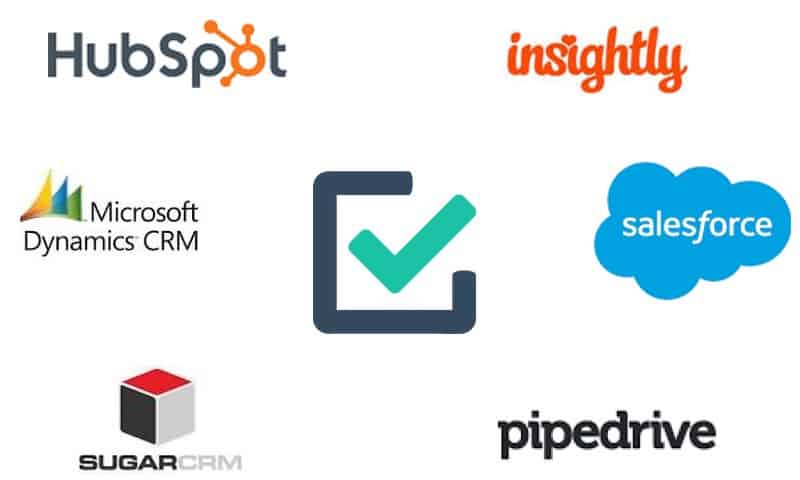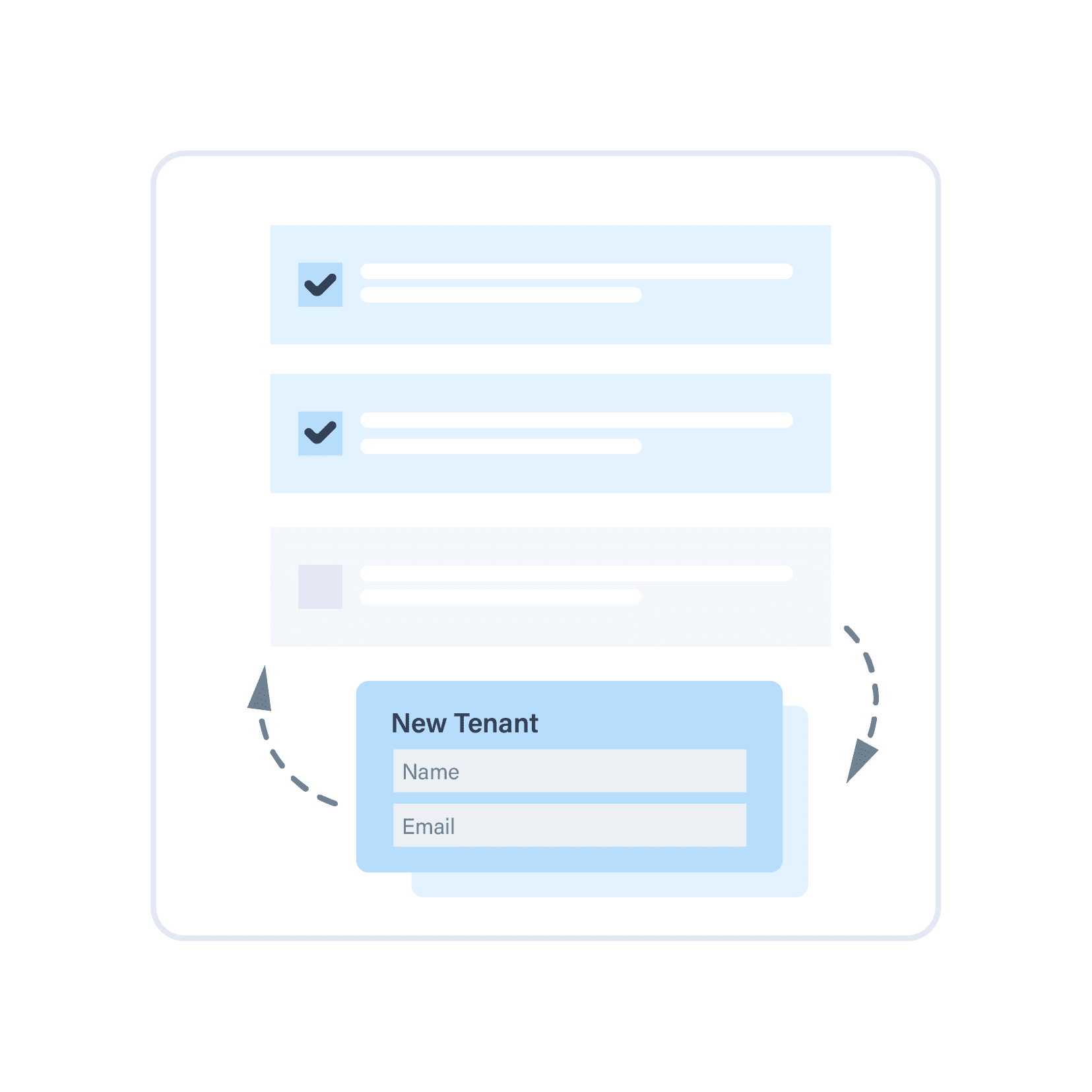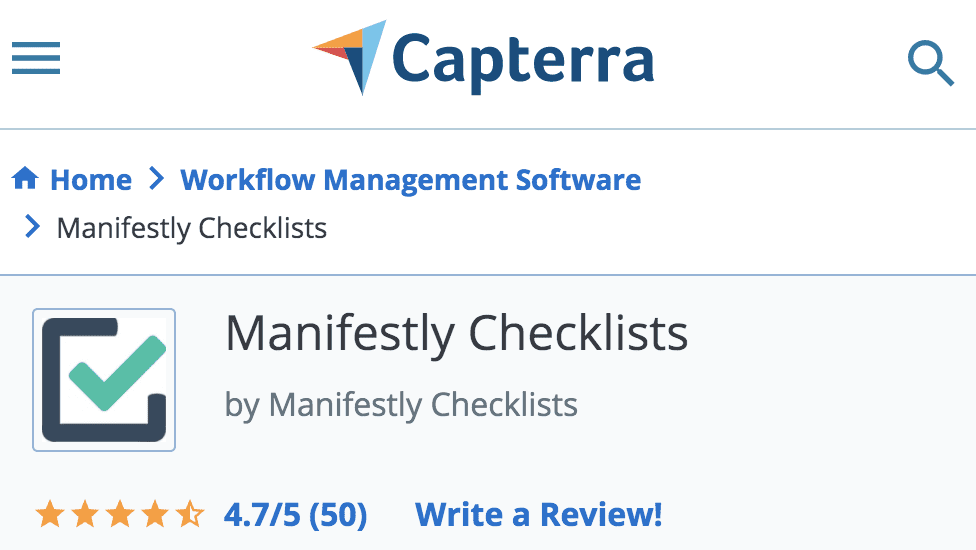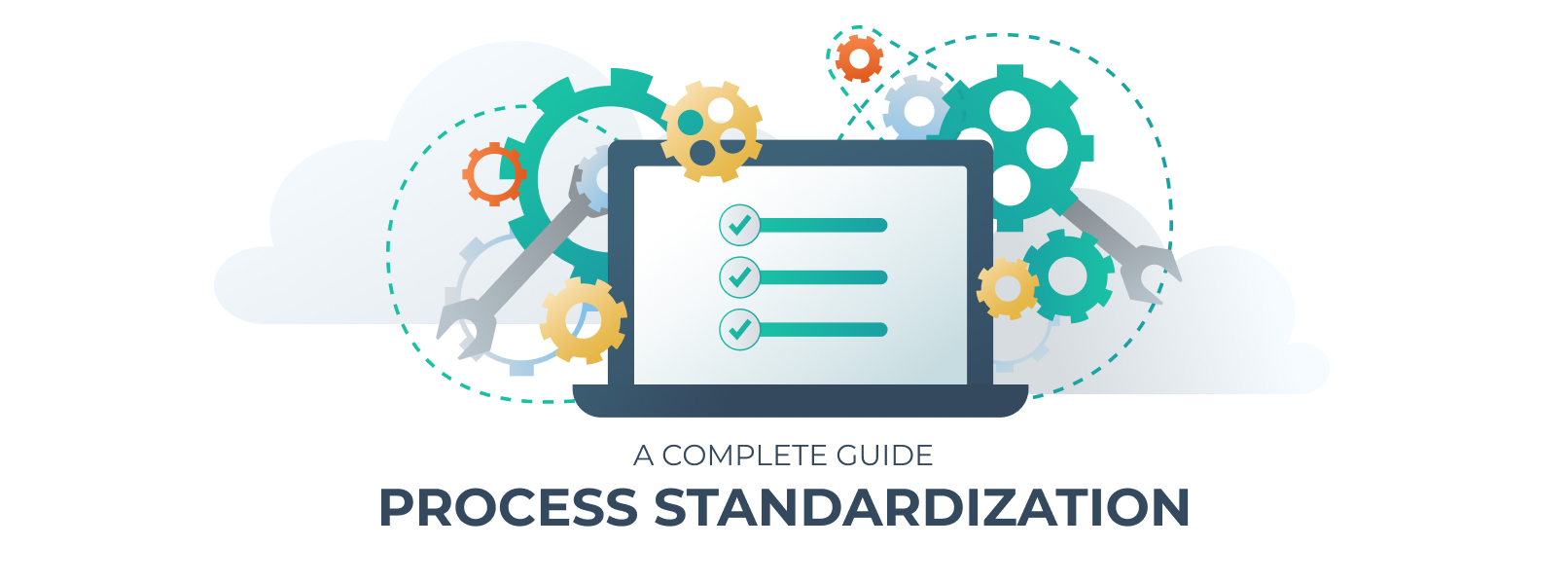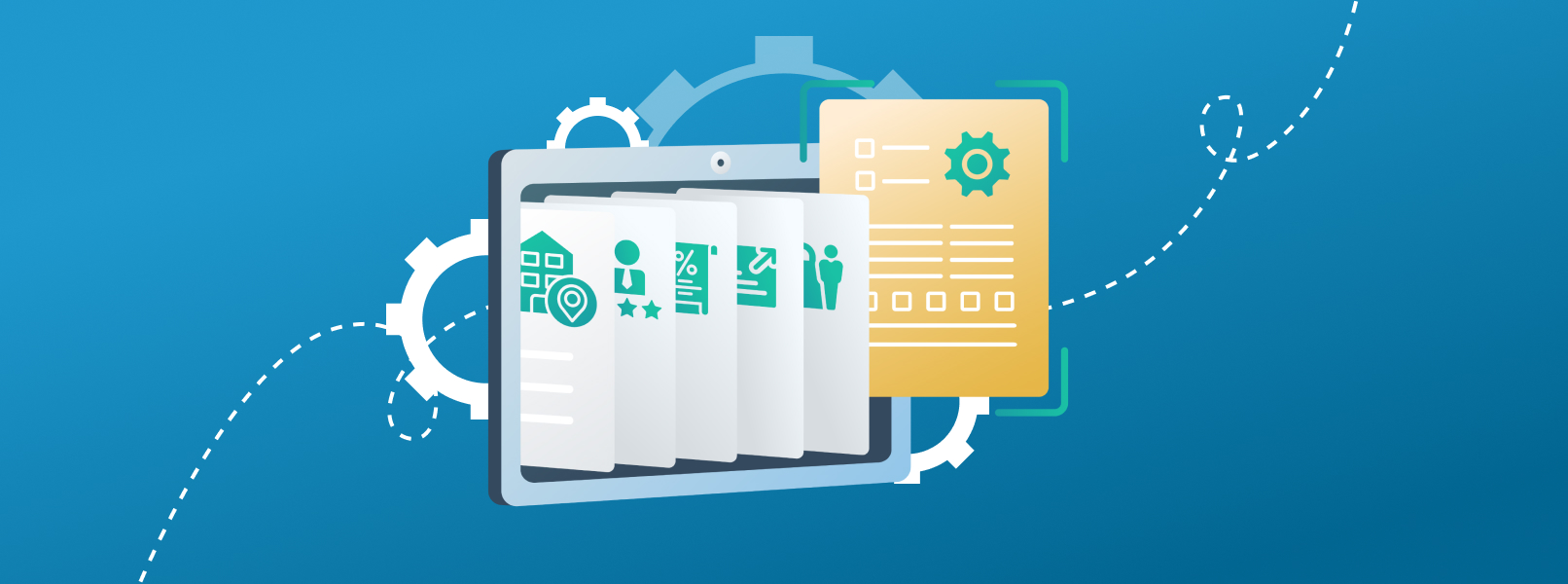The world of client interaction is a dynamic ecosystem of constant flux. Every interaction serves as a stepping stone that can potentially transform an interested prospect into a permanent customer. The first significant interaction – termed as ‘client onboarding’ – is a critical facet of this journey. It not only introduces new clients to your product or services but also sets the stage for their future interactions with your brand.
The need for systematic, efficient, and personalized client onboarding can hardly be overemphasized and will be the focus of our discussion.
What is Client Onboarding?
Client onboarding is a vital, customizable process wherein businesses introduce products or services to new clients, setting the foundation for future dealings. This process nurtures trust, enhances customer satisfaction, encourages engagement, and, when executed effectively, boosts client retention and business growth.
Onboarding clients, in essence, describes the series of actions that get a customer acquainted with the product or service right after their first purchase. It is about making clients feel ‘at home’ with what you offer – products, services, customer relations, or even a helpful community. When adequately executed, client onboarding can strengthen customer relationships, encourage brand loyalty, and increase customer lifetime value. As it stands, a company’s ability to onboard clients effectively is the bedrock upon which long-term business relationships are built.
Why is New Client Onboarding Important?
The very foundation of a healthy business-client relationship lies in the possibility to robustly and successfully onboard clients. In a nutshell, onboarding new clients contributes to:
- Establishing and nurturing an immediate connection
- Reducing the churn rate (the number of customers leaving the business over time)
- Identifying cross-selling and upselling opportunities
- Reinforcing the brand’s credibility and trust amongst clients
Creating Your Client Onboarding Strategy
Just like every business is unique, so is their client base and their respective onboarding needs. Therefore, no “one-size-fits-all” strategy works. Instead, businesses need to tailor their onboarding strategies according to certain critical factors such as client type, industry, product/service complexity, and existing knowledge levels.
So, while we cannot give you the perfect strategy, we can teach you how to create it for your business.
Developing a well-thought-out and personalized new client onboarding strategy is vital in successfully introducing new clients to your business, building strong relationships, and ensuring a positive experience with your products or services. Effective onboarding fosters trust, enhances customer satisfaction, and significantly boosts client retention and overall business growth.
Consider these key ideas in the process:
Firstly, it’s important to map out your clients’ journey. Understand the multiple touch-points, identify the crucial information they need at every step, and the common challenges they may face. From the initial welcome email to teaching them about utilizing your product or service to its full potential, every interaction must be structured and intentional.
Secondly, a customized approach is key. Your strategy should be planned according to your client’s specific needs. Every client is different and so their understanding and expectations from your products or services; hence, one-size-fits-all strategies rarely work. A personalized onboarding experience not only meets individual expectations but can also exceed them, leaving a profound impression and laying a foundation for a long-term relationship.
To provide personalized experiences, it’s crucial to collect sufficient information during the initial stages – using customer surveys or feedback forms. This data will help tailor resources, trainings, and support according to client’s unique needs, enhancing their experience and satisfaction.
Thirdly, setting clear, realistic expectations is crucial. From the onset, clients should know what they can expect in the coming weeks or months, from product deliverables to communication frequency. This will pre-empt misunderstandings from veering off into customer dissatisfaction. Transparency in process and timing can play a major part in establishing trust and confidence in your services.
Next, consider implementing a mentorship or follow-up process as part of your strategy. Assign an account manager or customer success agent to each client to guide them through the onboarding process. Regular check-ins, prompt responses to queries, and offering advice when needed, can further enhance the client’s onboarding experience.
Finally, your strategy should not overlook the power of feedback. It can serve as a learning curve for improving your onboarding strategy. Request feedback from clients at the end of the onboarding process, providing you with valuable insights about what worked and what didn’t.
Remember, an effective strategy of onboarding clients is not a static system but an evolving one that needs regular revisions based on feedback, industry trends, and business growth.
Steps for a Successful Client Onboarding Process
The following are ten critical steps to execute a successful client onboarding process:
- Welcome and Introduction: Send a warm welcome message to your clients, expressing appreciation for their business. This step sets the tone for the relationship.
- Information Gathering: Procure all necessary information about the client, their business needs, their customers, and most importantly, their expectations.
- Set Expectations: Clearly communicate the deliverables, the timeframe, and the level of service they can expect from your team.
- Free Trial/Introduction to products or services: Depending on the nature of the business, guide your clients through your products or services and provide a free trial if applicable.
- Continuous Support: Ensure that clients have access to reliable support to solve their problems and queries.
- Review: Evaluate the onboarding process from start to end to detect loopholes or areas for improvement.
- Strategy Customization: Align your services and offerings as per the specific needs of your clients.
- Provide Regular Updates: Regular updates ensure that the clients are always in the loop and feel valued.
- Ask for Feedback: Open the floor to suggestions and modifications to your initial plan based on client’s feedback.
- Retention Efforts: Make ongoing retention efforts, like providing exclusive deals and promotions, to ensure your clients feel valued even after onboarding.
New Client Onboarding Best Practices
Following are some best practices to keep in mind while onboarding new clients:
- Prioritize First Impressions: The first few interactions will set the tone for your relationship with the client.
- Clear Communication: Ensure transparency in all your communications and avoid jargon as much as possible.
- High Responsiveness: Quick responses show your clients that you value their time and their business.
- Personalize Onboarding: Every client is unique. Thus, your onboarding process should reflect this individuality at every step.
- Shift Focus to Customer Value: Instead of focusing solely on your product/service, highlight the value it brings to your clients.
Use Cases of Onboarding Clients
Usage cases vary across the board as digital onboarding strategies differ drastically from, let’s say, a law firm client onboarding or a marketing agency client onboarding process. Here’s a rundown of these:
- Digital Client Onboarding: The goal is to make software platforms user-friendly and provide a gentle learning curve. An organized set of digital tutorials, FAQ sections, chat support, webinars, or guidelines can ensure a rich user experience.
- Onboarding Clients for Law Firm: Here, trust-building takes precedence. Ensuring confidentiality, reflecting expertise in a specific law domain, and maintaining impeccable responsiveness can help win trust.
- Marketing Agency Client Onboarding: This process centers on understanding the client’s business in-depth, setting tangible objectives and strategies, as well as elaborating on the agency’s role in the attainment of these goals.
Check out these FREE client onboarding checklists!
- Accounting Client Onboarding Checklist Template
- Advertising Client Onboarding Checklist Template
- Insurance Client Onboarding Checklist Template
- Law Firm Client Onboarding Checklist Template
- Marketing Client Onboarding Checklist Template
- Real Estate Client Onboarding Checklist Template
Automate Client Onboarding with Manifestly
It is time-efficient and effective to automate client onboarding tasks that used to be manual, repetitive, and time-consuming. Automating how you onboard clients with Manifestly offers a clear, easy-to-follow client onboarding workflow. Manifestly allows teams to create, manage, and control their recurring tasks. It also ensures accountability, better team collaboration, and adherence to quality standards in your new client onboarding process steps.
Whether you manage a digital platform, an old-school firm, or any kind of agency, Manifestly’s offerings can be adjusted to suit your business needs. The platform’s checklist-driven approach guarantees a smooth and error-free onboarding process.
Now that we’ve laid out the importance and intricacies of a compelling onboarding process, you’re well-equipped to change how your business interacts with its customers. Start your onboarding journey with Manifestly today! We’ll handle the process, helping you foster strong, enduring relationships with your clients.
FAQ
- What is the role of client onboarding?
The primary role is to familiarize a new client with the company’s products or services. It also sets realistic expectations, reduces the chances of churn, and enhances their overall customer experience.
- What is client onboarding in KYC?
Client onboarding in KYC (Know Your Customer) involves verifying the customer’s identity during the onboarding process. This step helps businesses fight against fraudulent activities.
- What are the elements of client onboarding?
Key elements are a welcome message, timely communication, an introduction to the product/service, setting expectations, strategic customization, continuous support, asking for feedback, and regular updates.
- What is another word for client onboarding?
It could also be referred to as client integration, client initiation, or client incorporation.
- Who is responsible for client onboarding?
Typically, Account Managers or Customer Success Managers are responsible for client onboarding. However, responsibility can vary depending on the company’s size and structure.
- What are the phases of client onboarding?
There are four phases: Welcome/Introduction phase, Setup phase, Training phase, and Review/Feedback phase.
- What is the best new client onboarding process?
The best process is one that is efficient, personalized, and able to set clear expectations. It should enable quick problem resolution and create value for the client from the very start.
- What is a client onboarding form?
It’s a document used to collect all the necessary information about a client. This data aids in tailoring products or services to suit the client’s unique needs.

